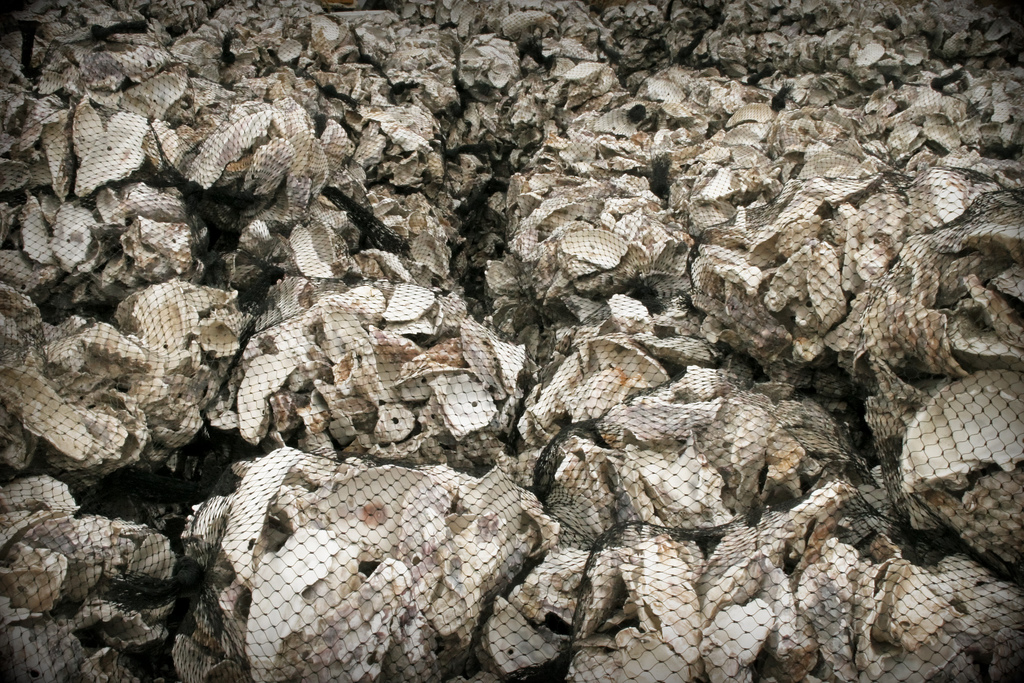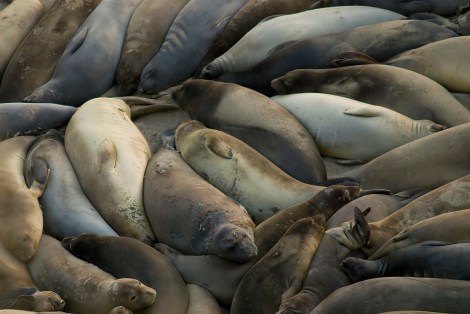How sustainable are California oysters? Trick question: not sustainable enough, apparently.
A years-long battle over an oyster farm at Point Reyes National Seashore north of San Francisco ended this week in the farm’s definite closure. The 70-plus-year-old Drakes Bay Oyster Company will be forced to vacate the area before year’s end, turning it over in full to a colony of seals, who are adorable but kind of indifferent to all the people losing their jobs before the holidays.
The seashore area was added to the national parks system in 1962. Ten years later, a 40-year lease was granted to the oyster farm, with the understanding that it would then be returned from “potential wilderness” to the actual kind. The farm had been seeking a 10-year extension of its lease, but the feds decided to stick to the original plan.
Secretary of the Interior Ken Salazar announced the decision yesterday. The Marin Independent Journal reports on reactions:
“This is going to be devastating to our families, our community and our county,” [oyster farm owner Kevin] Lunny said. “This is wrong beyond words in our opinion.” …
The oyster farm has outspoken supporters, Sen. Dianne Feinstein among them.
“I am extremely disappointed that Secretary Salazar chose not to renew the operating permit for the Drakes Bay Oyster Co.,” Feinstein said. …
Sierra Club Executive Director Michael Brune lauded the decision.
“We’re thrilled that after three decades this amazing piece of Point Reyes National Seashore will finally receive the protections it deserves,” he said. “Once the oyster factory operations are removed, as originally promised … this estuary will quickly regain its wilderness characteristics and become a safe haven for marine mammals, birds and other sea life.”
But how bad are the oysters for the adorable, indifferent seals, anyway? The science is not clear, as The New York Times reported last year:
“I don’t think the mariculture operation is incompatible with an objective of having a healthy population of harbor seals in Drakes Estero,” wrote Peter Boveng of the National Marine Fisheries Service.
His colleague Sean Hayes suggested that removing the oysters, which filter the estero’s water, could lead to a harmful accumulation of seal feces. “Attention needs to be placed on whether current mariculture is providing an ecosystem service to the Drakes Estero ecosystem today,” he wrote.
And, citing examples of harbor seals’ living placidly alongside oyster and crab operations elsewhere, Steven Jeffries of the Washington Department of Fish and Wildlife wrote, “There is really no reason why oyster farming and harbor seals cannot coexist in a healthy and productive Drakes Estero ecosystem.”
But the necessary collaborative work between the parks service and the farm would, a report concluded, “not be a simple trivial matter.” More than a dozen other farms still operate in the Point Reyes park area — as more leases expire, we may find out just how not simple and not trivial these matters truly are. At least we have these guys.





